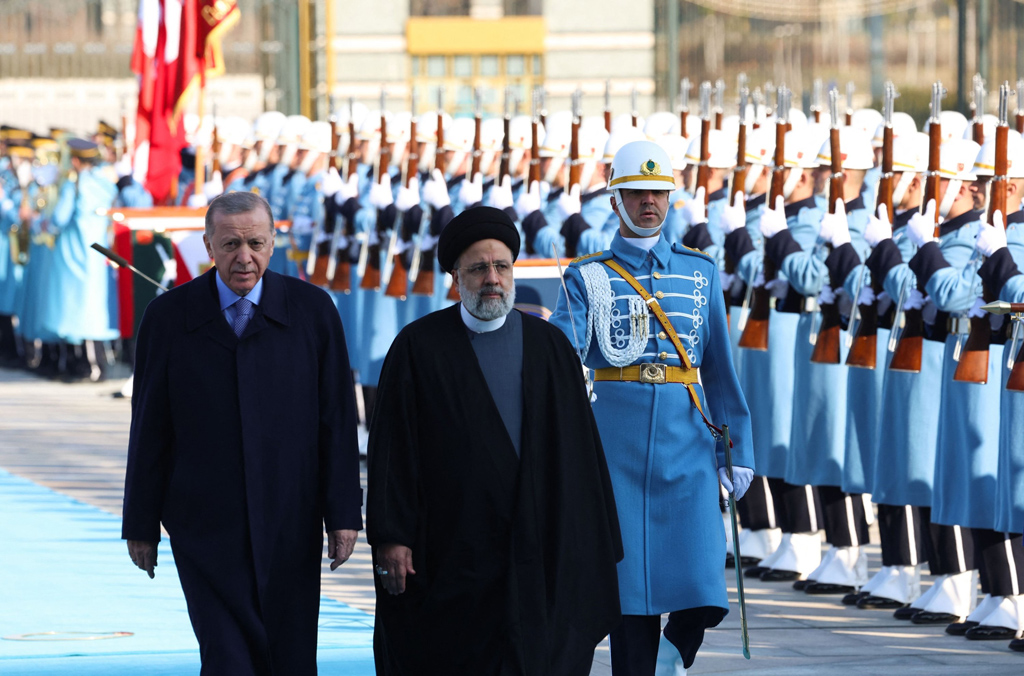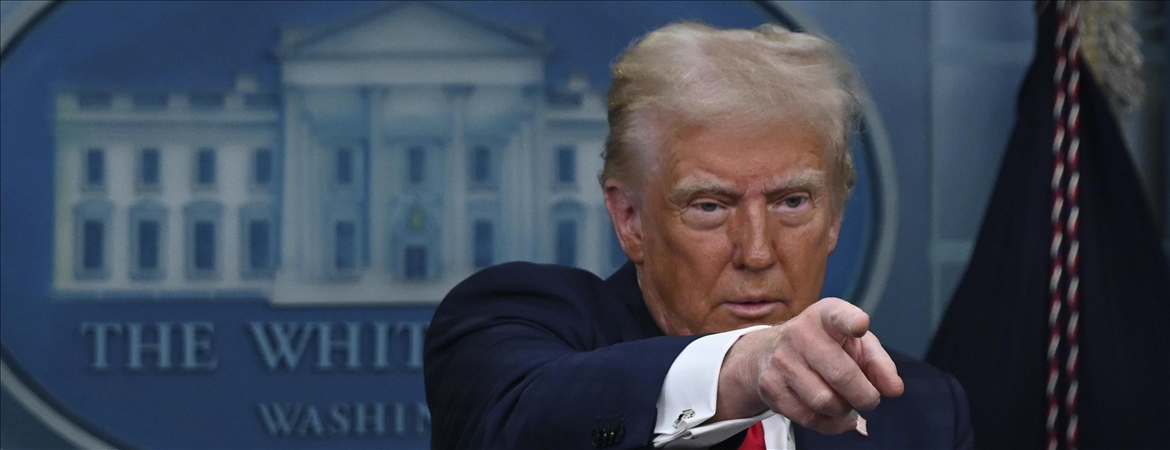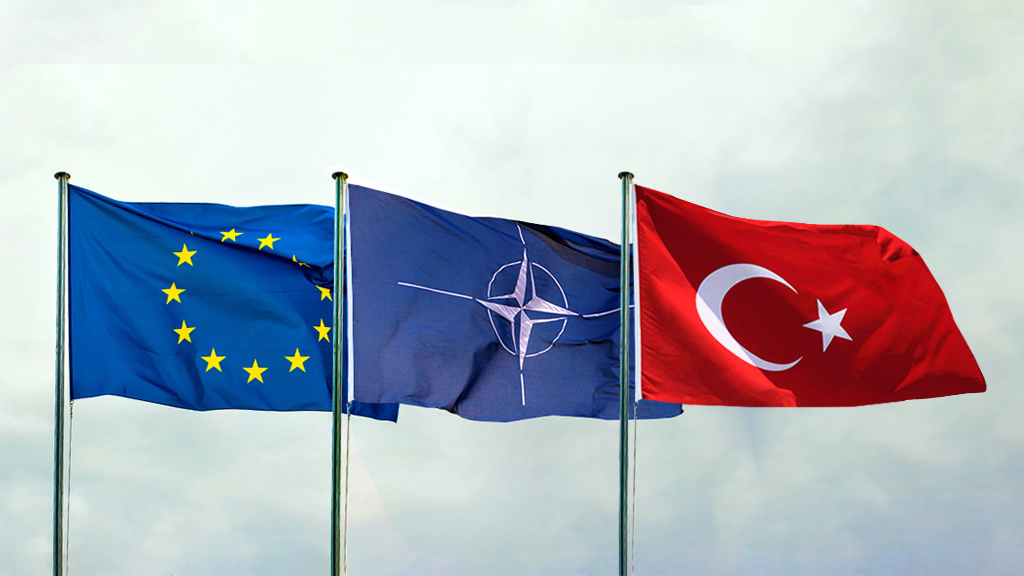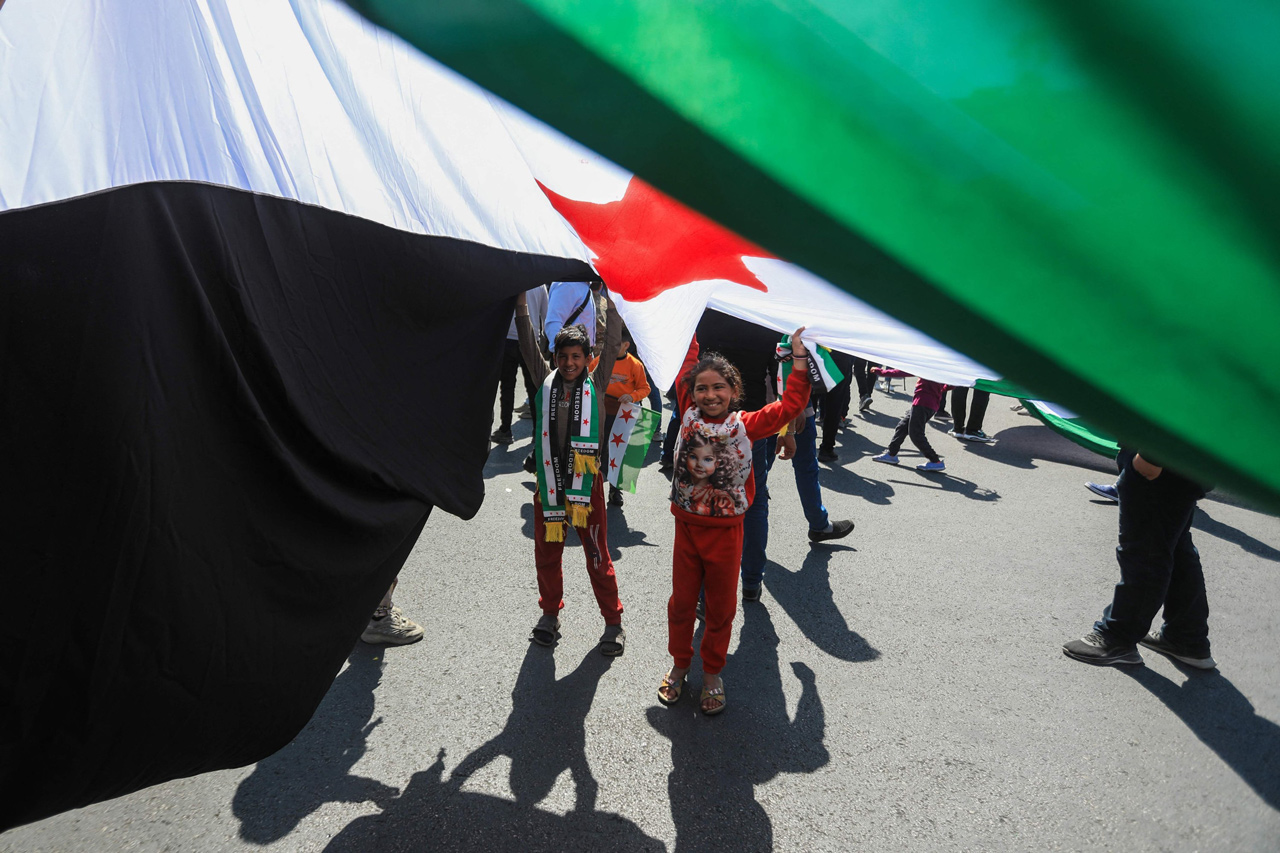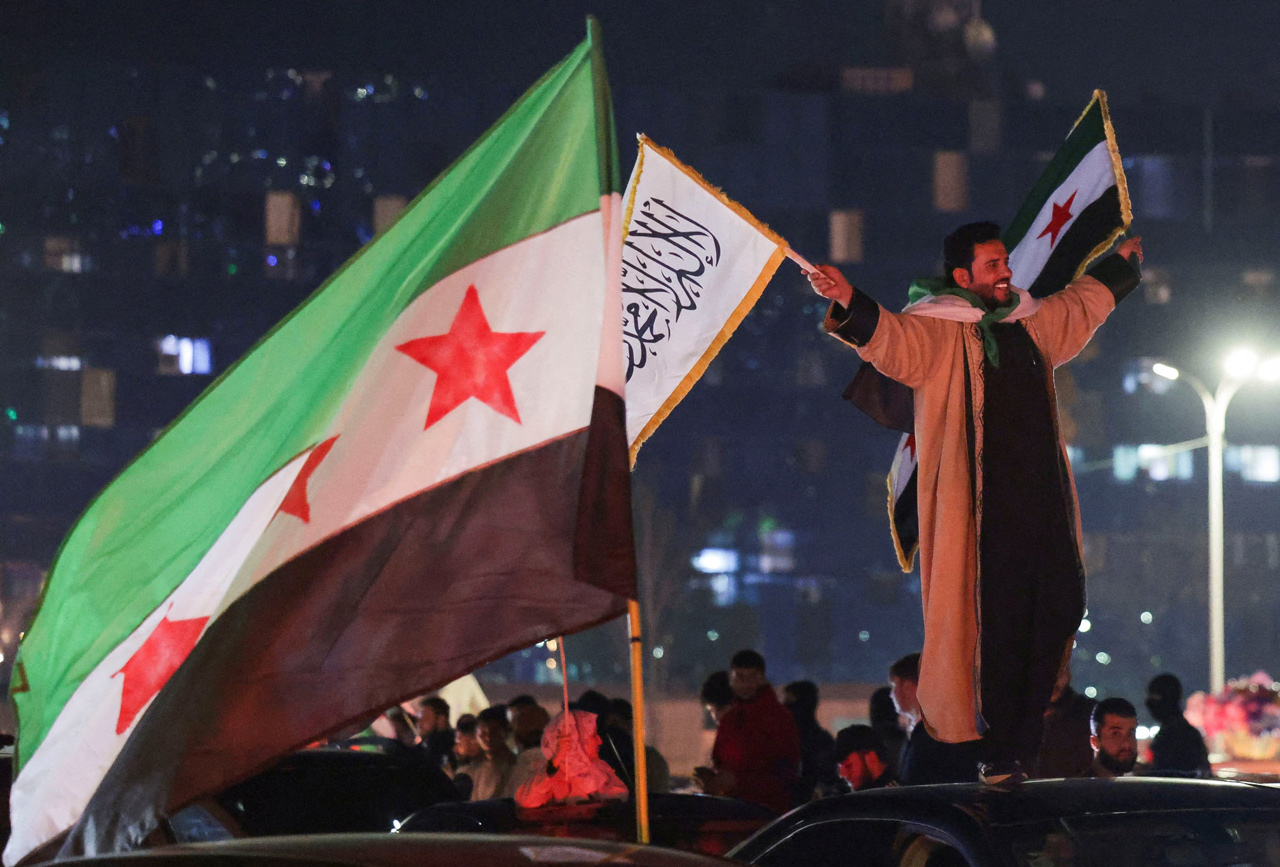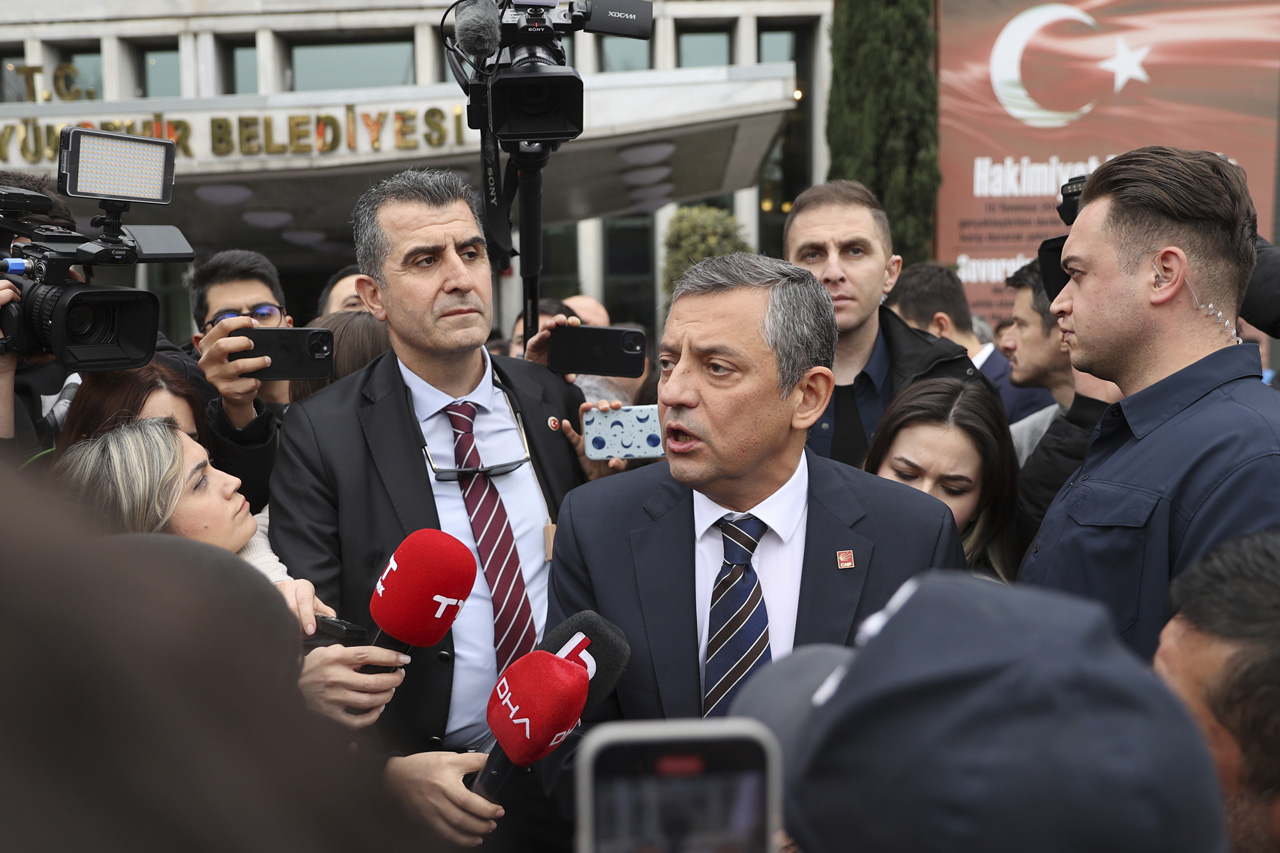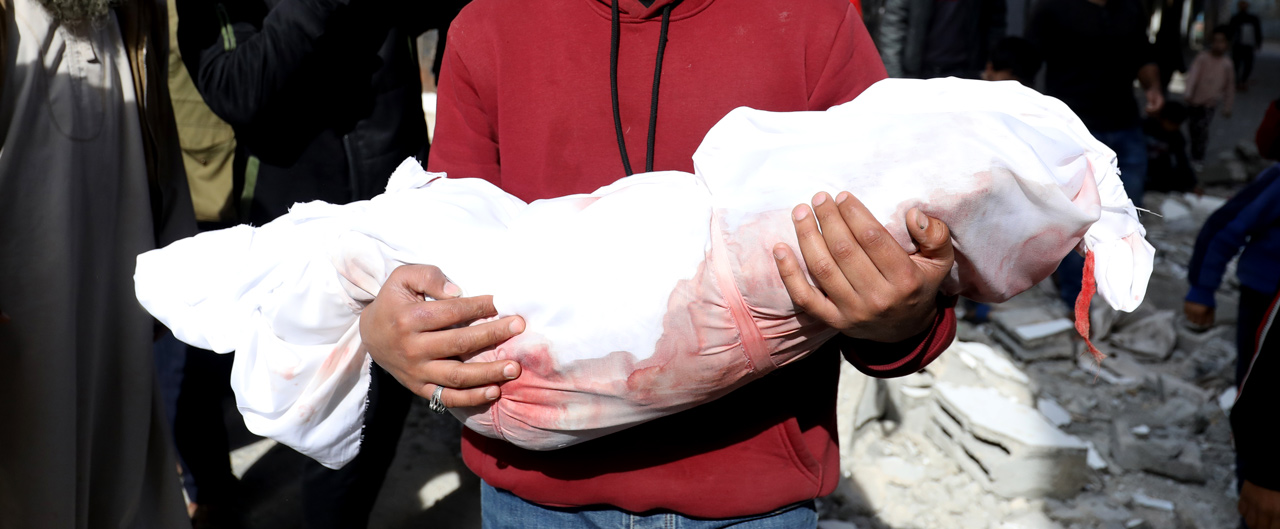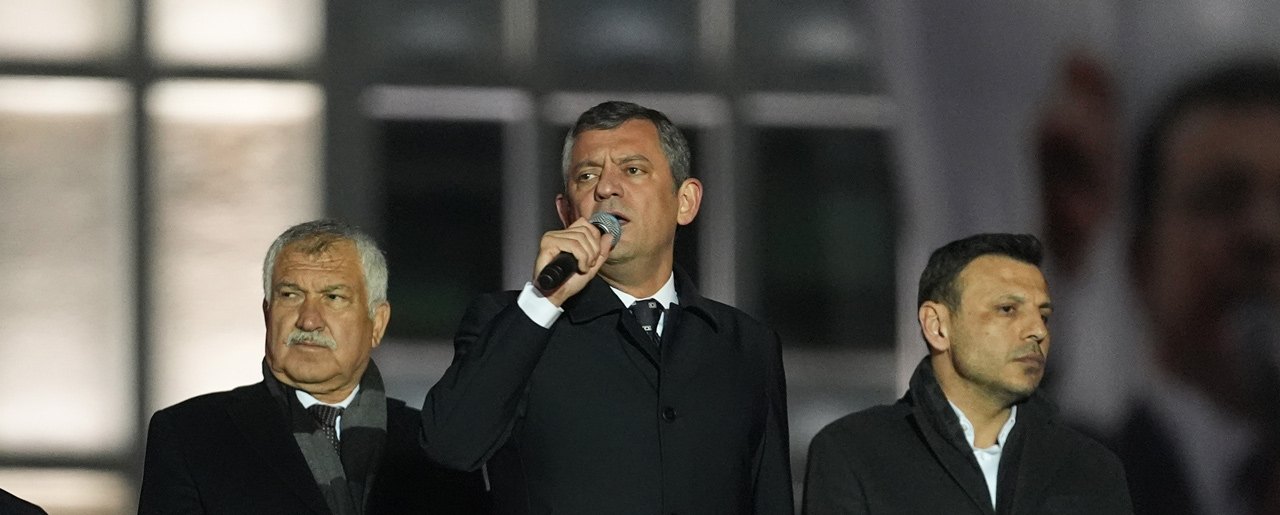Traditionally, Türkiye-Iran relations have been defined by a mix of competition and cooperation. Sharing a long land border and possessing a multidimensional historical depth, numerous dynamics simultaneously affect the relationship between the two countries.
Both Türkiye and Iran reference the 1639 Treaty of Qasr-ı Shirin as a fundamental framework for their simplest relational understanding. Since 1639, there have been no wars between the two countries, allowing for the mutual establishment of strategic culture and geopolitical discourse.
In periods when regional threats are common, cooperation between the two countries is prominent; conversely, when threats are not commonly defined, a competitive model generally characterizes their relationship. Although there has been no direct conflict between the two countries, changing regional geopolitical and strategic dynamics in the wider
Middle East region, along with the emerging security architecture, have grounded their competition in security concerns.
Iraq remains a theater of competition between the two nations. In Syria, they maintain differing military, diplomatic and strategic positions. The situations in both Syria and Iraq lead to overlapping critical issues and diverging strategic priorities. The Taliban’s control of Afghanistan has escalated migration issues between the two countries, with Iran attempting to exert pressure by using migration as leverage against Türkiye, introducing a new dynamic. Iran’s concern over Azerbaijan’s victory in Karabakh has led it to support Armenia and perceive the opening of the Zangezor Corridor as a geopolitical risk.
Since Oct. 7, various factors, including Iran’s support for non-state armed actors in the region from Lebanon to Yemen, and its direct military assistance to Russia, have influenced Türkiye-Iran relations. Consequently, these relations play a critical role in the regional axes of cooperation, competition and conflict. The increasing tension between the U.S. and Iran, and unexpected developments regarding Iran’s nuclear program, have broadened the scope of Ankara-Tehran relations.
Economic dimension
Given these dynamics, Iranian President Ebrahim Raisi’s
visit to Türkiye occurred at a pivotal time. The trade volume between the two countries stands at around $7 billion, a figure considered unsatisfactory by both parties. Türkiye primarily imports energy from Iran, while exporting industrial, food and clothing products.
Despite the U.S. embargo on Iran posing a significant barrier to enhancing trade, important economic issues were discussed during President Raisi’s visit, coinciding with the eighth meeting of the Türkiye-Iran High-Level Cooperation Council. Discussions focused on energy, border region trade, customs legislation and mutual investment to boost trade volume. As a tangible outcome, 10 agreements were signed in critical areas such as trade, transport, communication, culture, industry, technology, security and energy, reiterating the goal of reaching a $30 billion trade volume.
Security dimension
Raisi’s visit emphasized ongoing efforts to strengthen economic ties and a semblance of consensus on regional issues. Despite persistent mutual mistrust, the visit and improving relations indicate efforts to navigate complex ties by focusing on converging areas in economic cooperation and regional policies.
However, Ankara and Tehran differ in their strategic orientation regarding the PKK, despite a common threat perception. In Iraq, while Türkiye aims to limit the PKK’s mobility in the north and weaken it militarily,
Iran’s cooperation is limited. Iran’s close ties with Sulaymaniyah, which has recently harbored the PKK and drawn Ankara’s attention, illustrate this point. Additionally, with Türkiye’s active counterterrorism strategy, the PKK has relocated to the Iranian side of the Qandil mountain, with Iran remaining inactive. Another security dispute aspect involves Iranian-backed Hashd al-Shaabi elements threatening Türkiye and occasionally attacking its temporary military bases in Iraq, as well as aiding the PKK, which complicates Türkiye’s counterterrorism efforts.
In the Syrian context, Iran’s cooperation with the YPG in the western part of the Euphrates River, deemed a terrorist organization by Türkiye, and its attacks in Idlib alongside the Syrian regime, pose security risks to Türkiye’s safe zones in northern Syria. Iran’s efforts to fill the vacuum in Syria, particularly post-Russia’s invasion of Ukraine, and the increase in Shiite militias, pressure demographic changes in Syria and obstruct political solutions.
Challenges
While President Raisi’s visit to Türkiye has facilitated concrete steps toward enhanced cooperation, significant challenges may limit this potential. A primary challenge is the dramatic shift in the Middle East’s security environment since Oct. 7. Israel’s ongoing aggression in Gaza has reignited conflicts across the region, from Lebanon to Yemen. The new confrontational security environment has led the U.S. to reassess its military priorities and alter its engagements. Indications of the Biden administration’s withdrawal from Iraq and Syria, the re-listing of the Houthis as terrorist organizations, and becoming military targets have created an interventionist regional security environment. This shift in U.S. Middle East policy poses a potentially adverse impact on Türkiye-Iran relations. The likelihood of Iran being targeted by the U.S. and Israel, and Tehran’s possible response through further
militarization of regional politics, are key concerns. Without an appeasement strategy from either side, a larger regional conflict could ensue.
In Syria and Iraq, the Biden administration’s potential withdrawal could intensify Iran-Türkiye rivalry, with both nations viewing it as an opportunity to assert influence in northeast Syria. An unplanned U.S. withdrawal could prompt Iran to align the YPG with the Syrian regime, while Türkiye seeks to reduce YPG influence. Joint action following a U.S. withdrawal would require broad consensus. In Iraq, consensus is lacking. Although a joint fight against the PKK could benefit both countries, doubts persist about Iran’s commitment to this approach.
In the South Caucasus and Karabakh, differing policies between Türkiye and Iran regarding Azerbaijan and Armenia impede regional stabilization and deepen rivalry. The Zangezor corridor’s opening could amplify Iran’s economic and geopolitical concerns, reducing cooperation and increasing rivalry. Additionally, Iran’s developing cooperation with Russia and suspicions about its nuclear program heightens regional instability concerns. Türkiye’s response to a potential nuclear Iran is a subject of nuclear proliferation literature.
Ultimately, whether Iran-Türkiye relations lean toward cooperation or conflictual competition depends not only on the two countries’ choices but also on regional developments and U.S. policy direction in the Middle East.
[Daily Sabah, January 26, 2024]
